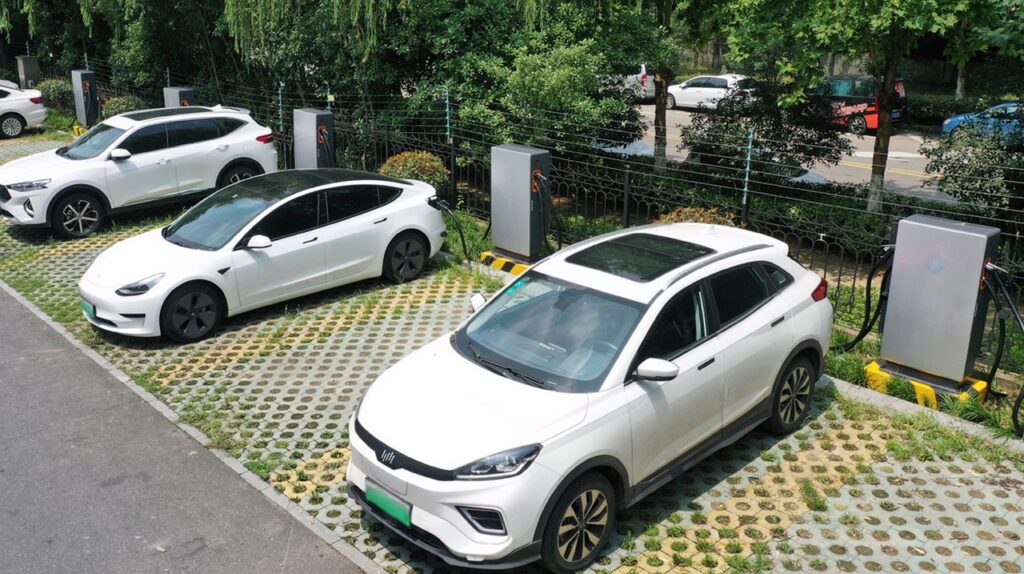If the ultimate goal of chip supply is to be made at the nanometer level, then the pinnacle of battery manufacturing technology is high-rate battery cells. High-rate batteries generally refer to batteries that can support a discharge current of more than 10 times their own standard discharge current. Its unit is the rate, which is C. For example, 1C is 1 rate, and 10C is 10 times the rate. The higher the rate, the stronger the charging and discharging capacity of the lithium battery. For example, for a 24 ampere-hour battery, a discharge current of 2C is 48 amps, which can be discharged in half an hour. If discharged at 10C, the current is 240 amps and it can be discharged in 6 minutes. The core factors that determine the charging and discharging rate of batteries are lithium ions, the internal drag and embedding rate of the active substances in the positive and negative electrodes. The higher the rate, the higher the power density and the smaller the force required by the battery. High-rate batteries have stronger continuous discharge, instant discharge, cycling discharge, and high and low temperature discharge capabilities. Currently, there are two main types of commercial high-rate batteries on the market: high-rate polymer lithium batteries, which are also known as ternary lithium batteries, and high-rate lithium iron phosphate batteries. Because they use different raw materials in their production, they can provide different discharge rate ranges. High-rate polymer lithium batteries can support a range of 1C to 120C discharge rates, while high-rate lithium iron phosphate batteries support a range of 1C to 45C discharge rates. Generally speaking, polymer batteries have better high-current performance than discrete lithium batteries, but they are not as good as discrete lithium batteries in terms of high-temperature resistance, safety performance, and service life. At the same time, with the development of the industry, various fields will have higher demand for lithium batteries with higher discharge rates. For example, the recently popular 4C charging technology and the layout of major car companies will ultimately drive the technological upgrading and improvement of high-rate lithium batteries. Finally, we hope that our lithium battery industry can develop better and better.

